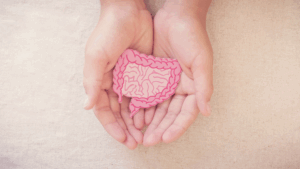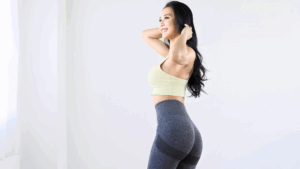

When it comes to health and wellness, understanding the impact of fitness on hormones—particularly estrogen—is essential for women of all ages. Hormones play a pivotal role in regulating various bodily functions, and estrogen is a key player in women’s reproductive health, bone density, and mood.
But how does fitness factor into this delicate hormonal balance? Let’s delve into the science and uncover how exercise influences hormones and estrogen levels.
Exercise isn’t just about building muscle or losing weight; it’s a powerful tool that affects the endocrine system. Physical activity can influence hormone production, secretion, and regulation, impacting everything from stress levels to metabolism. For women, estrogen is a critical hormone, and fitness can directly and indirectly alter its levels.
Engaging in regular, moderate exercise helps maintain healthy estrogen levels. It improves insulin sensitivity and reduces chronic inflammation, both of which contribute to hormonal balance. For women in their reproductive years, moderate exercise can help regulate menstrual cycles and mitigate symptoms of estrogen dominance, such as bloating and mood swings.
While moderate activity supports hormonal balance, excessive high-intensity exercise may lead to a significant drop in estrogen levels. This is particularly relevant for women who engage in extreme endurance activities, such as marathon running. Low estrogen can result in irregular periods, a condition known as hypothalamic amenorrhea. Prolonged estrogen deficiency can also impact bone health and increase the risk of osteoporosis.
Body fat plays a role in estrogen production. Adipose tissue (fat cells) produces estrogen, and excessive body fat can lead to higher estrogen levels, which may increase the risk of estrogen-related conditions like breast cancer. Conversely, very low body fat due to intense exercise or dieting can cause estrogen levels to plummet. Striking a healthy balance through fitness and nutrition is crucial.
Fitness plays a significant role in influencing hormones and estrogen levels. While moderate exercise supports hormonal balance and overall well-being, it’s important to avoid overtraining and maintain a balanced lifestyle. By choosing the right types of exercises and listening to your body, you can harness the power of fitness to optimize your hormonal health and improve your quality of life.
Understanding the connection between fitness, hormones, and estrogen empowers women to make informed choices about their health.

Try these Spicy Tuna Poke Nachos for a bold, healthy twist on your favorite appetizer! Packed with protein, omega-3s, and fresh toppings, it’s the perfect fusion of crunch and spice.

Discover the best portable blenders and meal prep tools perfect for busy women. Blend smoothies, prep meals, and stay on track with your wellness goals—anytime, anywhere.

Start your day with this nutritious and delicious Avocado Toast with Poached Egg. Packed with healthy fats, protein, and fiber, it’s the perfect balanced breakfast or brunch.

Discover the most common signs of poor gut health in women, how they impact your overall well-being, and what steps you can take to restore balance and feel your best.

Enjoy a light, fresh, and low-carb meal with Zucchini Noodles tossed in juicy tomatoes, garlic, and fresh basil. A healthy, gluten-free alternative to pasta that’s quick and full of flavor!

No access to the gym? Try this highly effective at-home booty workout for women using just your bodyweight or minimal equipment. Sculpt, lift, and tone your glutes anywhere!